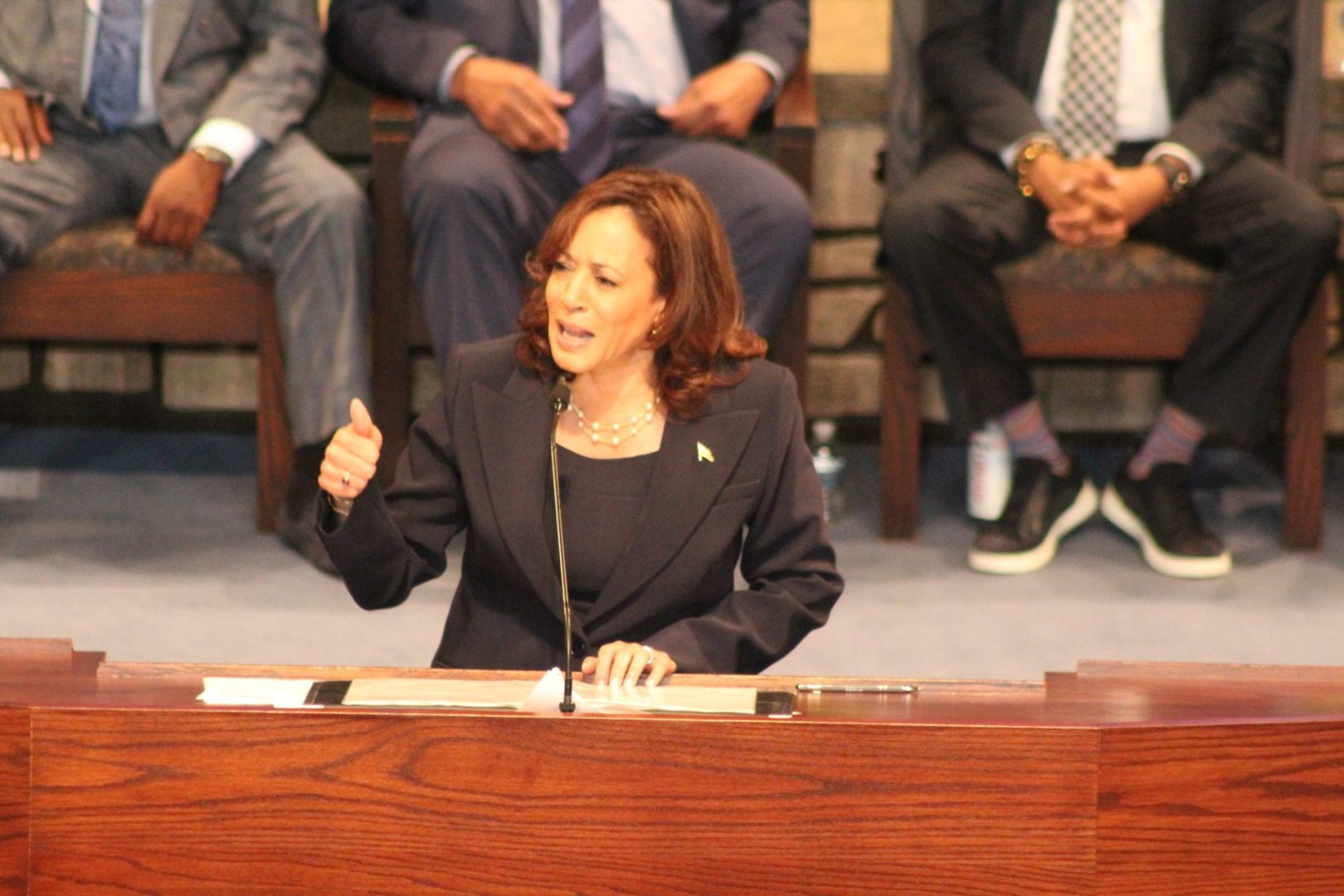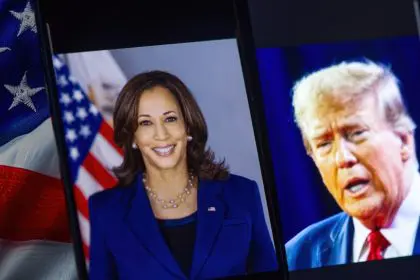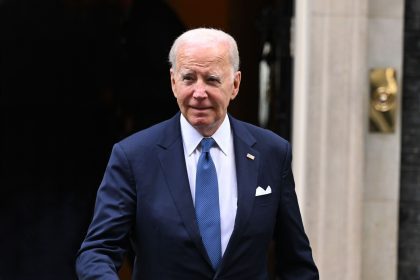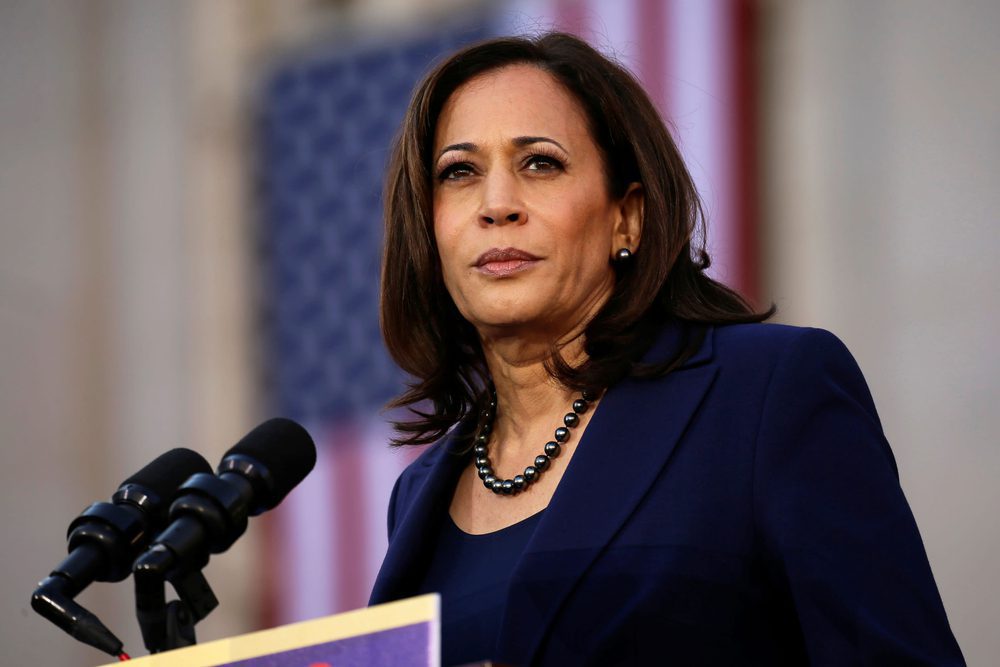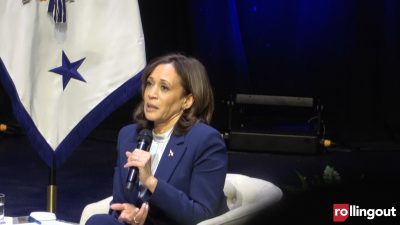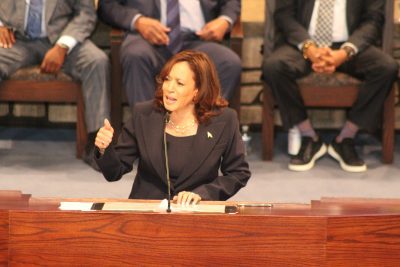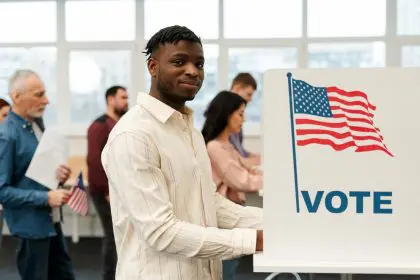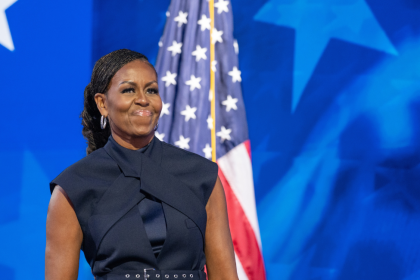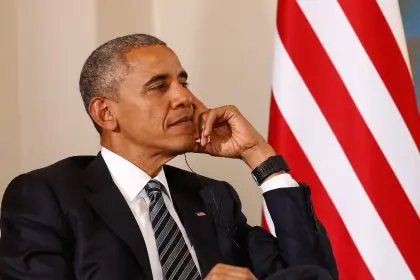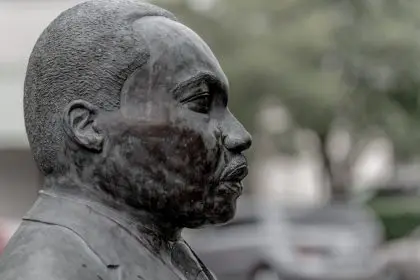A surprising new electoral landscape is emerging in California as former vice president Kamala Harris emerges as the overwhelming frontrunner for the 2026 gubernatorial contest according to recently released polling data. The Emerson College survey reveals Harris commanding a remarkable 57 percent of voter support despite not having officially declared her candidacy.
This commanding position places Harris significantly ahead of other prominent California political figures including former Representative Katie Porter, former Los Angeles Mayor Antonio Villaraigosa, and current Lieutenant Governor Eleni Kounalakis in the race to succeed term-limited Governor Gavin Newsom.
California political freeze
The mere possibility of a Harris candidacy has created an unprecedented situation in California politics where campaign activities for other candidates have effectively stalled. Democratic strategist Steve Maviglio describes the phenomenon as a complete freeze of the political field.
The fundraising operations and endorsement efforts of declared candidates have ground to a virtual standstill as donors, political organizations, and influential supporters remain reluctant to commit their resources. Most political observers attribute this hesitation to uncertainty about whether Harris will ultimately enter the race.
This waiting game extends beyond the gubernatorial contest itself, affecting campaigns for numerous down-ballot offices throughout California. Many potential candidates for various positions are delaying announcements or campaign launches until receiving clarity on Harris’s intentions, creating a domino effect throughout the state’s political ecosystem.
From Sacramento to Washington and back
Harris brings a particularly extensive California political resume to this potential candidacy. Her career trajectory includes serving as San Francisco district attorney and later as California attorney general before ascending to national office.
This deep connection to California government provides Harris with both practical experience and established networks that would benefit a gubernatorial campaign. Her familiarity with state-specific issues and existing relationships with key political figures throughout California represent significant advantages compared to candidates with less diverse governmental experience.
Despite her recent presidential election defeat, many supporters believe Harris maintains strong ambitions for continued public service. Sources close to the former vice president suggest she remains deeply committed to governance and policy implementation rather than retreating from the political arena.
Critical summer timeline
Political analysts emphasize that Harris faces a rapidly approaching decision point regarding this potential candidacy. According to Maviglio, Harris must clarify her intentions by summer to allow the political process to proceed in an orderly fashion for all candidates.
One particularly significant question surrounding a potential Harris candidacy involves her commitment to serving a full term if elected. With speculation about her future political ambitions extending beyond state office, voters and political observers alike wonder whether a gubernatorial position would represent a long-term commitment or a strategic positioning move.
This uncertainty adds additional complexity to an already fluid political situation. Harris must navigate these questions while simultaneously evaluating her overall political future following her vice presidential service.
Cascading implications across California politics
The ripple effects of Harris’s eventual decision extend far beyond her own political career. The entire California political ecosystem currently exists in a state of suspended animation awaiting clarity on whether she will enter the race.
For declared candidates, the situation creates both strategic challenges and practical limitations. Fundraising efforts have become particularly difficult as potential donors hesitate to commit resources that might ultimately support a candidate running against Harris.
Similarly, organizations and influential political figures typically eager to provide early endorsements have adopted a wait-and-see approach, reluctant to align themselves prematurely before understanding the complete field of candidates.
Unprecedented polling advantage
The 57 percent support level indicated in the Emerson College poll represents an extraordinary starting position for any candidate, particularly in a state with California’s political diversity and complexity. This commanding lead suggests Harris would enter the race with a tremendous advantage if she chooses to run.
Political analysts note that such polling numbers typically indicate a candidate with both name recognition advantages and genuine voter enthusiasm. For Harris, this strong showing comes despite her recent national election defeat, suggesting California voters maintain a distinct perspective on her political future separate from national trends.
The significant gap between Harris and other potential candidates further reinforces the perception that she would immediately become the prohibitive favorite upon entering the race, potentially discouraging some declared candidates from continuing their campaigns.
The post-Newsom landscape
As Governor Newsom completes his second term, California faces important decisions about its political future and leadership direction. The gubernatorial transition represents a significant moment for establishing priorities and governance approaches for the nation’s most populous state.
The list of candidates currently declared or exploring campaigns includes individuals with diverse backgrounds and policy perspectives, suggesting potentially meaningful choices for voters regarding California’s future direction. However, a Harris candidacy would fundamentally alter this dynamic, potentially shifting the race from a wide-open contest to a more focused election centered on her specific vision and platform.
For California voters, the resulting electoral landscape could provide fewer substantive policy debates among multiple viable candidates if Harris enters with such overwhelming polling advantages. Alternatively, her entrance might elevate the overall profile and importance of the race given her national political stature.
Looking toward 2026
As California approaches this pivotal gubernatorial election, the political community continues monitoring every signal and statement from Harris and her team regarding potential candidacy. Her decision timeline remains unclear beyond the general understanding that clarity must come by mid-2025.
Meanwhile, declared candidates face difficult strategic choices about whether to continue building campaign infrastructure despite fundraising challenges or pause operations pending Harris’s decision. This uncertainty creates campaign planning dilemmas with significant financial and organizational implications.
For California voters, this developing situation promises either a high-profile contest featuring a former vice president or a more traditional gubernatorial race among state-level political figures. Either scenario will shape important decisions about California’s political future as the state addresses challenges ranging from economic development to environmental policy.

